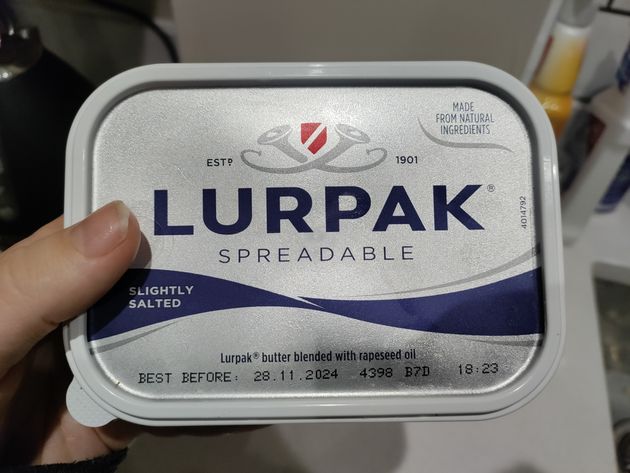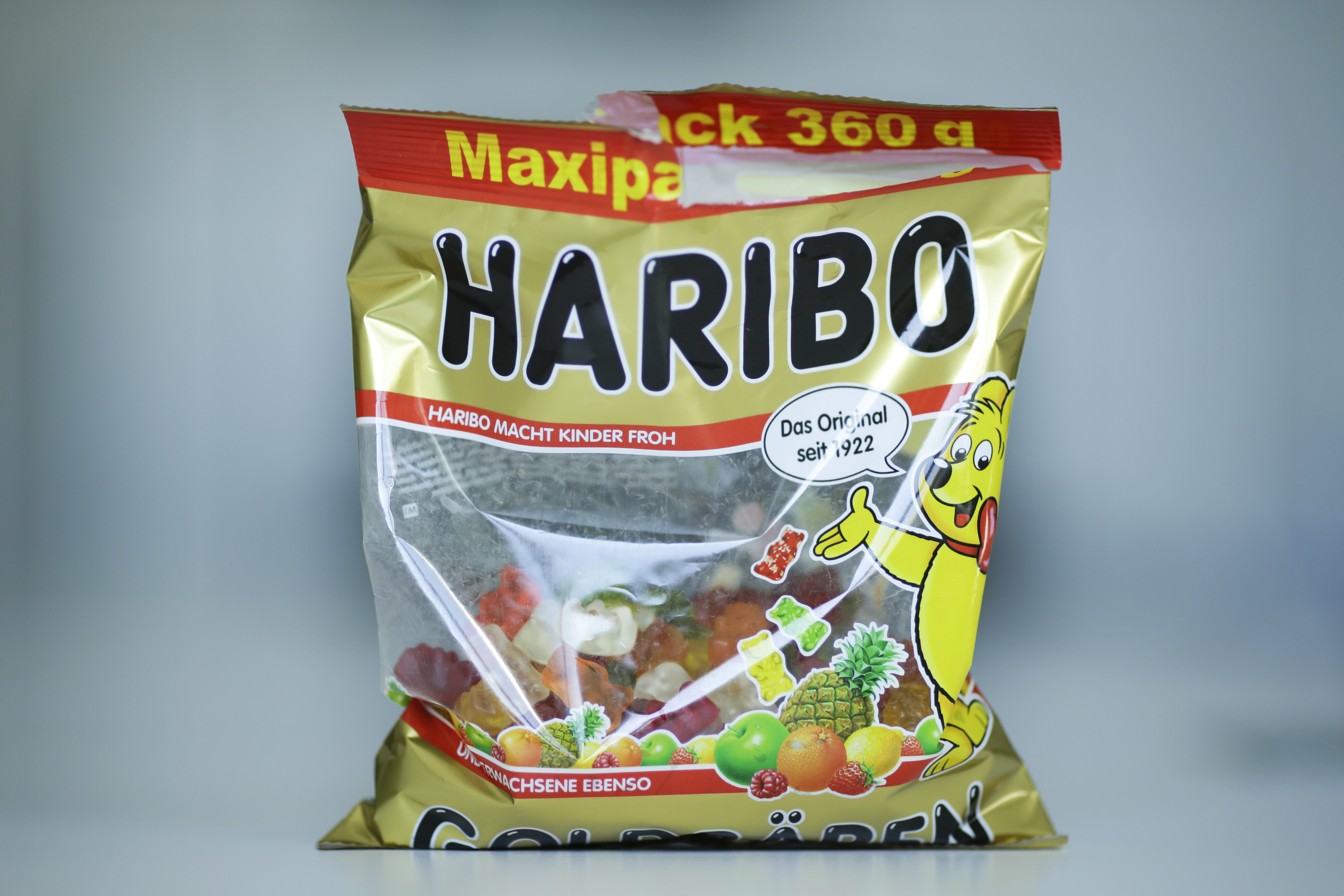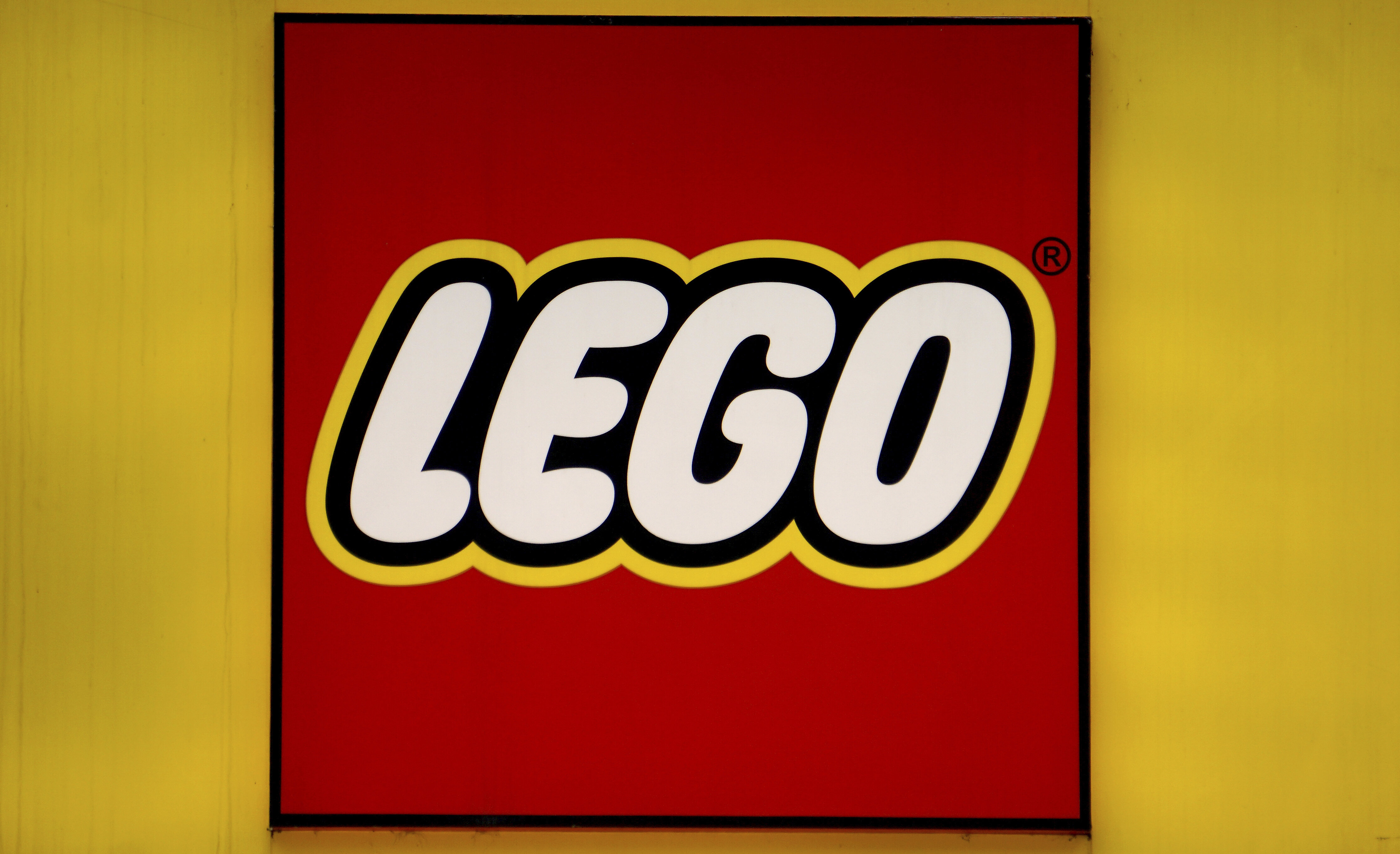
You might already know where brand names like Haribo, HobNob and Twix come from.
You may even be aware that the packaging for Roses and Toblerone used to hide a reference to their origins too.
But on the less sweet side of life, it turns out that Lurpak, the Danish butter brand, has a historical meaning that’s hidden in its branding.
In fact, both the name and the design can date their inspiration all the way back to the Bronze Age.
How?
According to Lurpak’s site: “On 23 October 1901 the ‘Lurmark’ became a registered trademark to protect from imitations and became an official quality stamp.”
Since 1911, they say, they’ve been testing butter to see if they deserve the mark of quality.
But they add that both the branding at the top of their containers and the name itself have a musical origin.
Describing Lurpak’s “famous entwined ‘lurs’ horns”, the brand shared that the “lur” part refers to “Bronze Age musical instruments.”
According to the National Museum of Denmark, “a lur or lur horn is a wind instrument cast in bronze dating to the Late Bronze Age (c. 1000 BC).”
Most of them have come from Denmark, but some have been found in Sweden and Northern Germany, they say.
These are the long trumpet-like designs you see on Lurpak’s packaging.
‘Lur’ is a newer word for a very old instrument
Though “lur” horns date all the way back to the Bronze Age, the term itself is far more modern, the National Museum of Denmark’s site reads.
“The name ‘lur’ is of recent date,” they explain, adding that the term “was used by archaeologists at the beginning of the nineteenth century.”
The Bronze Age Danes who held them would have called them something different, though the museum’s site doesn’t share what that might have been.
“Originally it comes from the Icelandic sagas, which say that ‘the warriors were summoned to battle with the lur,’” they continue.
And you thought your family fights over the last scrap of butter were bad...















 Bengali (Bangladesh) ·
Bengali (Bangladesh) ·  English (United States) ·
English (United States) ·